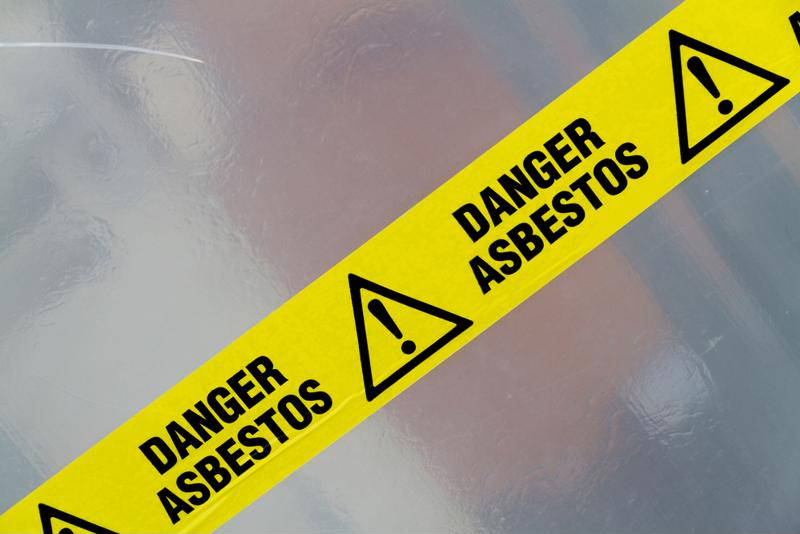Home inspection contractors have a large checklist they cover when combing over any property. From mold and water damage to electrical components and the foundation, inspectors pour over every piece of a property. While many issues are minor (a leaky toilet seal, a faulty light switch) a few problems can be significant. Once such concern is asbestos.
What is asbestos?
You might have heard of asbestos before. In simple terms, asbestos is a fiber that was once used in a number of different building materials. It has since been outlawed, but its former popularity means that it is still common.
"A number of older homes may have some asbestos within their walls."
This is why it is a common concern during any home inspection, renovation or construction project.
While asbestos was once a desired material, it has since been identified as a key contributor to some cancers and other health concerns. Like lead paint, which we've covered before, once asbestos is identified in a home it needs to be immediately removed by a trained professional. It is just too dangerous to leave inside your property.
Furthermore, asbestos can be tricky to identify. Let your home inspector find the signs, and then get a sample sent off to a laboratory for further testing. If positive, a trained asbestos removal crew will need to be called in, making it even more crucial to catch any asbestos before you purchase a property.
Where is asbestos common?
Like we previously mentioned, asbestos was used in many different building materials. Over the years, it has found its home in cement mixtures, paints, tape, tile and much more.
Several decades ago, asbestos was frequently used as insulation due to its many fire-resistant traits. As a result, many older homes today may have asbestos fibers left inside walls or wrapped around ductwork and pipes. Key places to check include behind drywall, if possible during an inspection, and near any ductwork – especially in the basement and the furnace. The fact that it was popular as insulation is another reason why renovations and construction projects increase asbestos risk.
If you have access points, ask your home inspector about any signs of asbestos in the attic insulation, near pipes in the bathroom and kitchen and around the furnace in the basement. Unfortunately, you won't have a concrete answer until you test any samples or check behind walls, but an inspector can give you an indication of whether your asbestos risk is high or low.

What can you do?
Say you do find asbestos – what can you do? The good news is most materials containing asbestos are not too risky, especially if they are intact or undisturbed. It is only when asbestos is moved around that the fibers can be released into the air, posing a significant health risk. So, you do have time to plan your next move if you find it.
With that said, leave asbestos alone if it is in perfect condition. Trying to remove it only increases the danger. On the other hand, if the asbestos needs to be removed, follow these steps:
- Secure the area – don't let pets or children near the area. Block it off and keep it sealed for the time being.
- Don't clean it or vacuum – Trying to remove asbestos yourself can be dangerous.
- Call a professional – Trained asbestos removal crews will quickly and safely dispose of any asbestos materials, ensuring your home is safe for years to come.
Given the health risks of asbestos, trust only a local home inspection company to review your desired property for potential risks before you sign on the dotted line.

